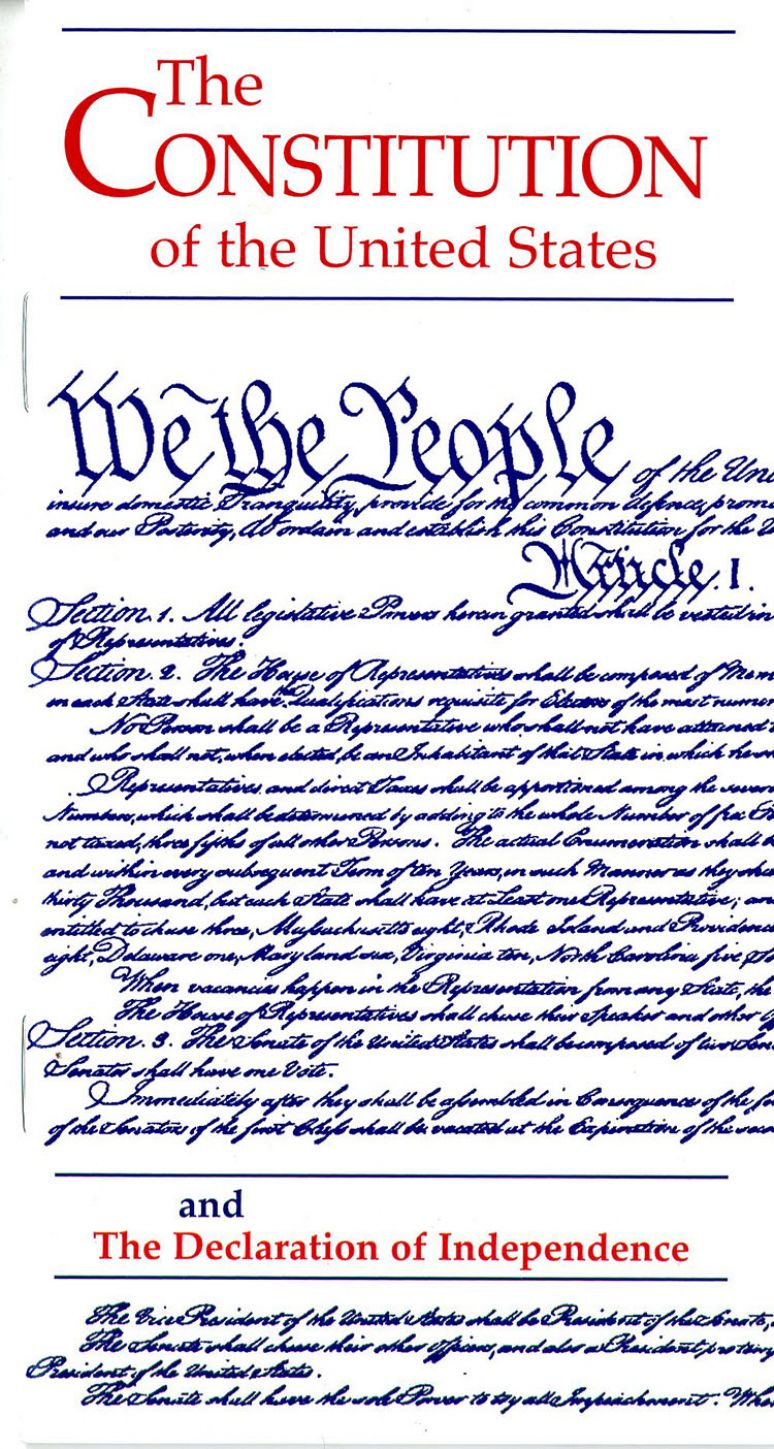United States Constitution Printable Version

• • • Thirty-three amendments to the United States Constitution have been proposed by the and sent to the for since the was put into operation on March 4, 1789. Twenty-seven of these, having been ratified by the requisite number of states, are part of the Constitution. The first ten amendments were adopted and ratified simultaneously and are known collectively as the. Six amendments adopted by Congress and sent to the states have not been ratified by the required number of states. Four of these amendments are still technically open and pending, one is closed and has failed by its own terms, and one is closed and has failed by the terms of the resolution proposing it. Details the two-step process for the nation's frame of government.
The United States Constitution Printable Version
United States Constitution Printable Version
Amendments must be properly Proposed and Ratified before becoming operative. This process was designed to strike a balance between the excesses of constant change and inflexibility. An amendment may be proposed and sent to the states for ratification by either: • The, whenever a in both the Senate and the House of Representatives deem it necessary; OR • A, called by Congress for this purpose, on the application of the of two-thirds (currently 34) of the states. To become part of the Constitution, an amendment must be ratified by either (as determined by Congress): • The legislatures of three-fourths (currently 38) of the states, within the stipulated time period—if any; OR • in three-fourths (currently 38) of the states, within the stipulated time period—if any. Upon being properly ratified, an amendment becomes an operative addition to the Constitution. Approximately 11,699 proposals to amend the Constitution have been introduced in Congress since 1789 (as of January 2017).